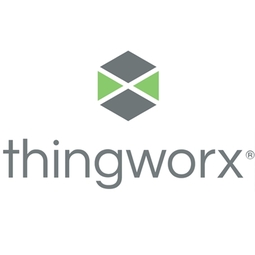ThingWorx (PTC)
Case Studies
Furtwangen University develops “IoT Walker” and “IoT Wheelchair” using PTC
Overview
 |
Furtwangen University develops “IoT Walker” and “IoT Wheelchair” using PTCThingWorx (PTC) |

|
Functional Applications - Remote Monitoring & Control Systems Infrastructure as a Service (IaaS) Networks & Connectivity - RFID Platform as a Service (PaaS) - Application Development Platforms Sensors - Biometric Sensor Sensors - GPS | |
Product Research & Development | |
Remote Patient Monitoring | |
Operational Impact
| [Efficiency Improvement - Time To Market] State control sensor data may deem useful for monitoring falls of patients that are home alone, especially considering that one out of three older adults (ages 65 or older) fall each year, which is the leading cause of both fatal and nonfatal injuries. | |


